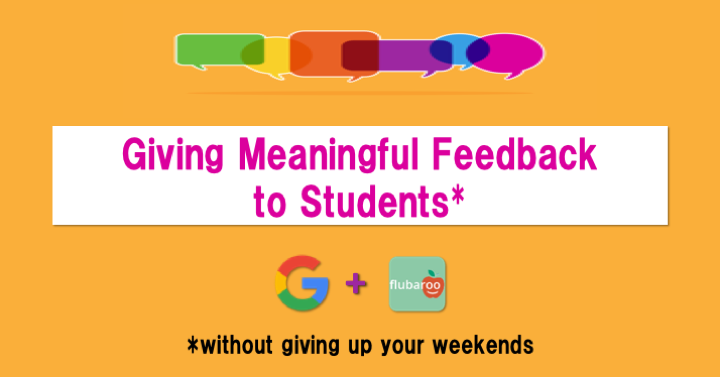Socratic Circles are a great way to engage students in a provocative question. Students are engaged with the topic, encouraged to think about complex topics with a critical eye, and inspired to explore big ideas.
However, Socratic Circles can be a challenge in a classroom with 30 or more students. In a large class, it can be a challenge to ensure all students have a voice. There are time, space, and personality constraints that sometimes mean the conversation is dominated by just a few voices.
A Simple Tool That Can Help
By leveraging digital tools, you can mitigate these constraints and give all of your students a voice. Google Classroom features tools that will ensure all students have the opportunity to explore their own thinking as well as their classmate’s.
Continue reading “Giving Every Student a Voice in Your Socratic Circle by Leveraging Digital Tools”


